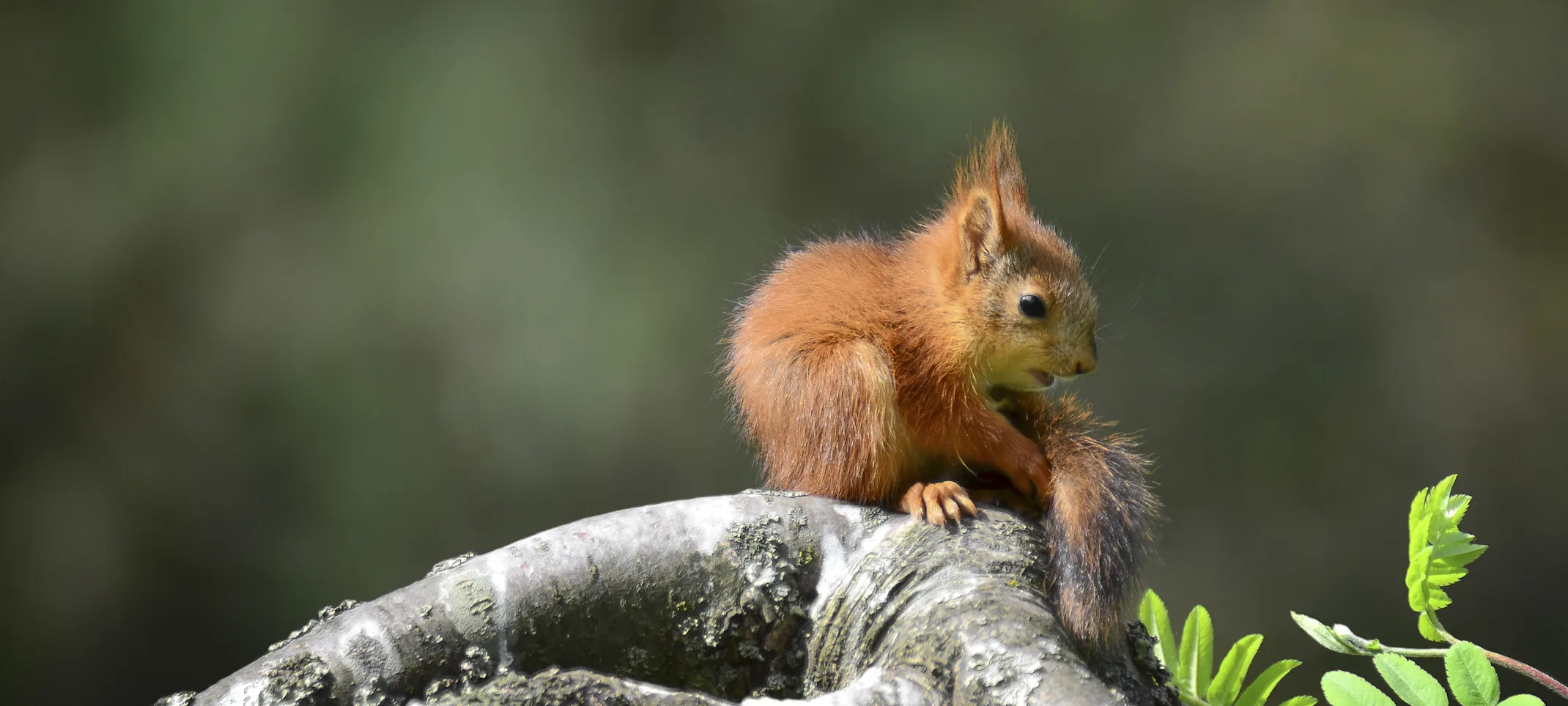Bowmanville Veterinary Clinic
I Found a Baby Squirrel
How to identify a baby squirrel in the wild and help them.

I Found A Baby Squirrel...How Can I Help?
How to identify baby squirrels - Baby squirrels are naked when they are born and do not look much like their parents, but their black nails and long tails can help to identify them. Once the babies have grown fur, they look like small versions of adult squirrels. Eastern grey squirrels, Ontario’s most common urban squirrel, come in a variety of colours: black, grey, brown and sometimes a mixture of all three! Red squirrels, a smaller species, have brownish-red fur on their backs, and white fur on their bellies.
What is normal for baby squirrels? - Eastern grey and red squirrels have a litter in early spring and often again at the end of the summer. Their litter size is usually between 2-4 babies and they are raised solely by their mother. Squirrels begin to explore outside of the nest at six to seven weeks of age but they are still under their mother’s care during this time. When they are about three months old, they are fully weaned and can find food on their own.
Young baby squirrels who are not yet fully furred, and who cannot run and climb well, should normally be in the nest at all times. They are sometimes found on the ground if they fall from the nest or if the mother is relocating her babies to a new location. If you find a young baby, assess it for warning signs. If there are no signs of concern, try to reunite the baby with its mother (see “If the baby appears healthy”).
Warning Signs
How to tell if a baby squirrel needs help
it appears injured
it has bugs on it
it has had direct contact with a cat or dog
it is following people or pets
it seems lethargic or cold
If the baby does need help - Contact a wildlife rehabilitator right away! Orphaned baby squirrels need specialized care and babies that show any sign of injury need immediate medical attention. Wildlife rehabilitators can ensure baby squirrels have the proper diet, access to medical care and an appropriate living environment that mimics their natural habitat. If you have to leave a message for a rehabilitator:
CONTAIN THE BABY IN A CLOSED CARDBOARD BOX AND KEEP IT IN A QUIET PLACE AWAY FROM PEOPLE AND PETS. DO NOT CUDDLE, PET OR TALK TO THE BABY – IT IS IMPORTANT TO KEEP WILD ANIMALS WILD!
PROVIDE THE BABY WITH A HEAT SOURCE, AS DESCRIBED BELOW.
Please do not feed baby squirrels unless instructed to do so by a wildlife rehabilitator. Babies have very sensitive stomachs and improper food or force feeding can cause them harm.
If the baby appears healty - If the baby shows none of the warning signs, it may have simply fallen from the nest or become temporarily separated from its mother. Many times, with a little help from people, mom and baby can be reunited! As long as the baby is kept warm and its mother can find it, she can pick it up (in her mouth) and bring it back to the original nest or to a new nest location.
To help mom find her baby, first place the baby on a soft towel in an open cardboard box - one that is deep enough that the baby squirrel cannot crawl out, but shallow enough that the mother can get in to retrieve her baby. Next, put the contained baby as close as possible to where it was found (or near the nest if you know its location). Squirrels typically make leafy nests in tree branches, in holes of trees, and in the roofs of buildings. It is very important to provide the baby squirrel with a constant source of heat while waiting for its mother to return.
How to keep the baby warm - the best thing to use is a heating pad set on low under half of the box, because it provides a consistent source of heat. You may have to run an extension cord to the area. If you don’t have a heating pad, you can use chemical hand warmers (commercially called “Hot Paws” or similar) or microwaveable heat bags instead. Tuck these under the towel in the box with the squirrel. As a last resort you can fill a plastic bottle with hot tap water. Wrap the bottle in a towel and place it in the box with the baby. The hot water will need to be replaced frequently as it cools quickly.
Waiting for mom to return - Leave the baby outside in the heated box for one full day (if you find the baby in the evening, bring it inside and keep it in a secure box with a heat source overnight, then put out in the morning for the day). If it is not claimed by its mother within one day, contact a wildlife rehabilitator for advice. Do not leave the baby outside overnight. If it is raining, waterproof the box with plastic and use a waterproof lid to cover three-quarters of the box. You can also use a partial lid if the box is in direct sunlight, to give the baby some shade.
